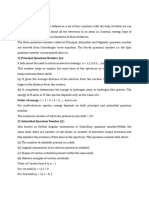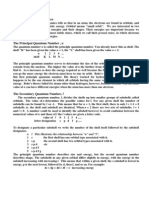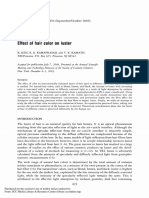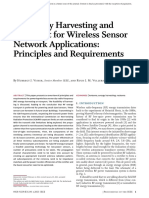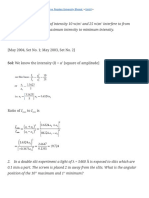0% found this document useful (0 votes)
89 views10 pagesSs2 First Week Lesson Note (1st Term)
Uploaded by
crystal.arigbe909Copyright
© © All Rights Reserved
We take content rights seriously. If you suspect this is your content, claim it here.
Available Formats
Download as DOCX, PDF, TXT or read online on Scribd
0% found this document useful (0 votes)
89 views10 pagesSs2 First Week Lesson Note (1st Term)
Uploaded by
crystal.arigbe909Copyright
© © All Rights Reserved
We take content rights seriously. If you suspect this is your content, claim it here.
Available Formats
Download as DOCX, PDF, TXT or read online on Scribd
/ 10


































